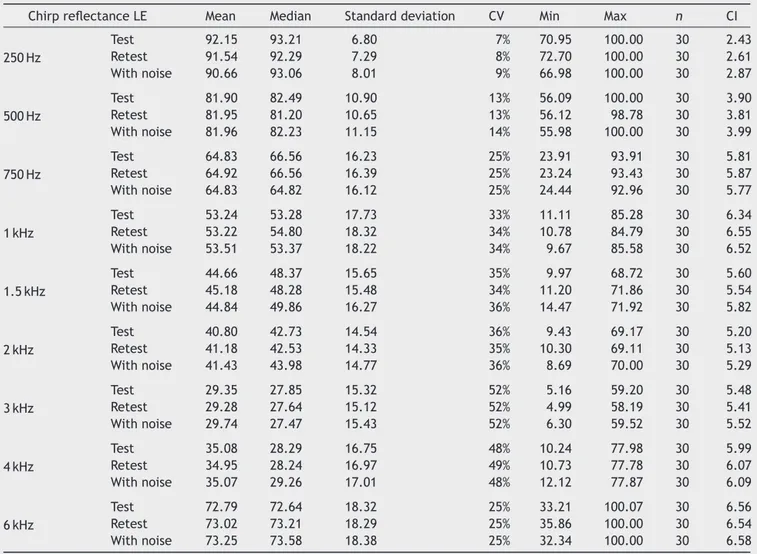Braz. j. . vol.81 número5
Texto
Imagem



Documentos relacionados
Underwater Acoustic Sensor Network (UASN): A collection of sensor nodes which communicates among them through the emerging underwater acoustic communication technology is known
Maybe the response for the difference between the perceptive presence of nasal acoustic energy (nasalance) in form of nasality in tracheoesophageal voice and its dificult
Study on the plasticity of the central nervous system after ischemic or mechanical injury discloses that neurological recovery in dysphagia is disrupted from the recruitment
Este artigo tem como objetivo analisar um desses espaços de resistência nas redes sociais relacionado à nossa pesquisa de mestrado que trata sobre o movimento Escola Sem
Despite the role of the efferent auditory pathways on the genesis and maintenance of tinnitus is still unclear, we showed that tinnitus patients, included in this investiga-
The auditory sensitization procedure has been used as a tool for acoustic reflex analysis, as it allows the acoustic reflex threshold reduction as of the introduction of
The association between contralateral acoustic stimulation and a commercially available rapid TEOAE measurement system enables an easy and non-invasive study of the auditory
Considering that one of the functions of the MOCS is the improvement in the perception of acoustic signals in noise, and that children with phonological disorders have alterations in